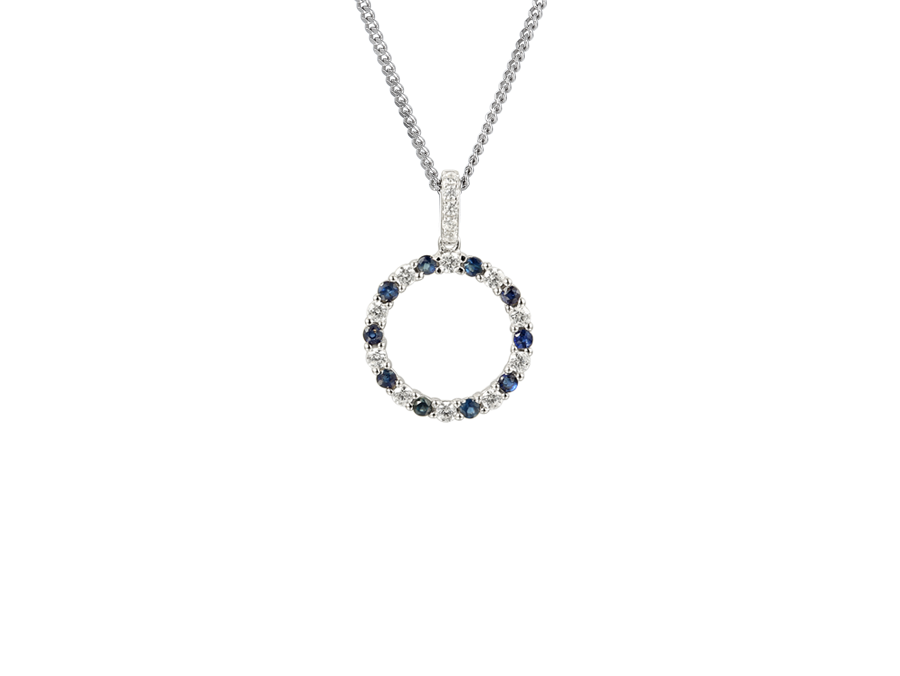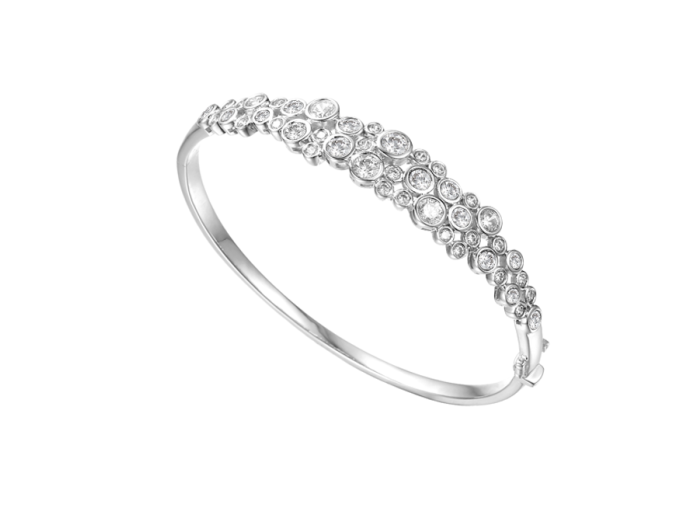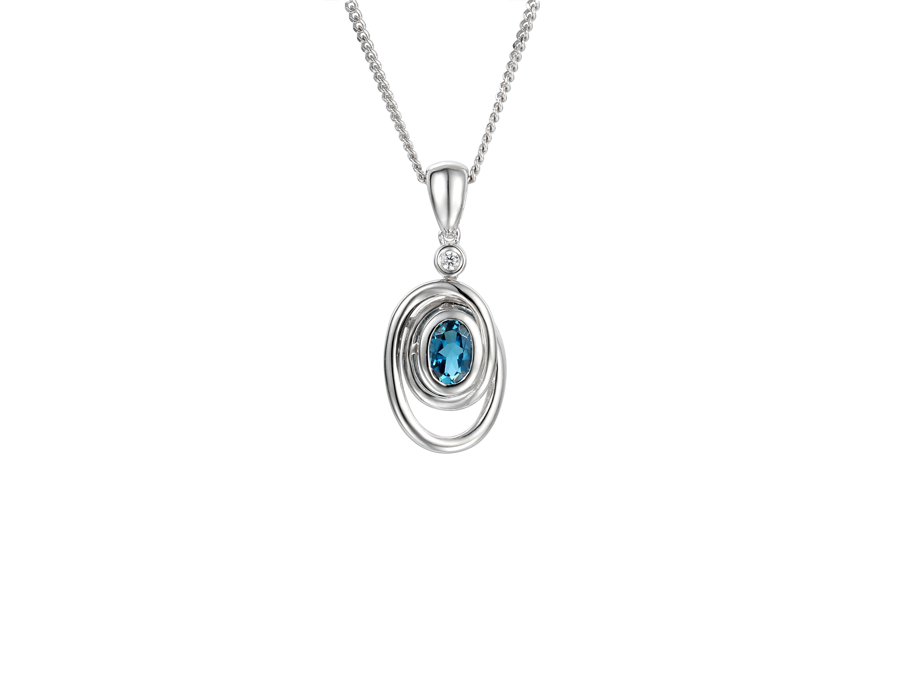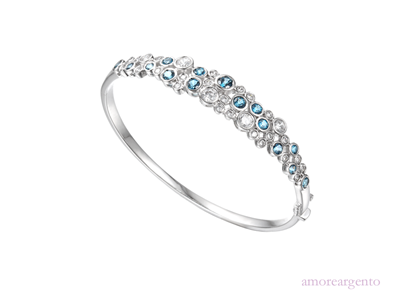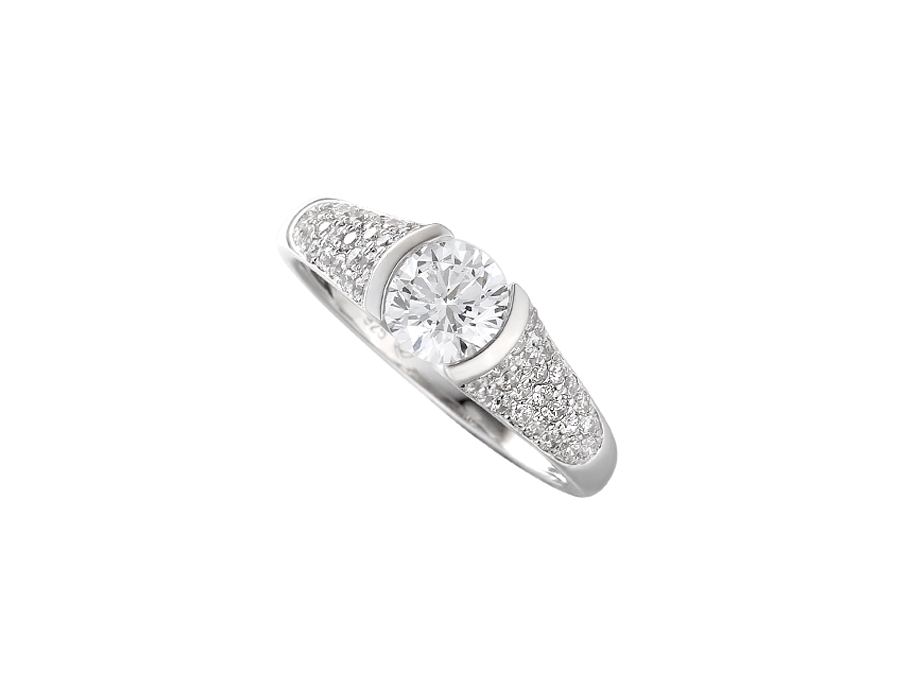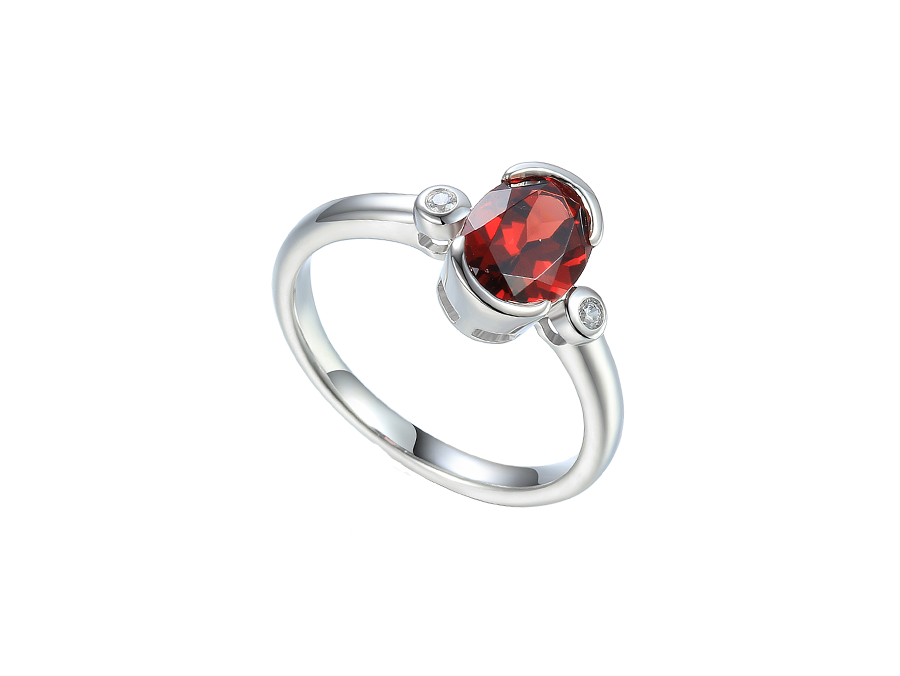We use cookies to make your experience better. To comply with the new e-Privacy directive, we need to ask for your consent to set the cookies. Learn more.
Reworking Damaged Gemstones
Over time, gemstones can fade due to overexposure to direct sunlight and even lose or change their colour completely. Dirt building up on the surface of the stone and around the mount can affect the look of the stone and the entire piece (which is why it is so important that jewellery is cleaned properly and regularly), while scratches and chips are common in softer stones like opal. If you are at all superstitious then you'll know that wearing a cracked or chipped gemstone is said to bring bad luck, so jewellery with broken or damaged stones is often left to languish at the bottom of your jewellery box.
There are many things that can be done to rework gemstones, but in some cases a replacement is best. This is especially true for heirloom jewellery which contains stones that could be over 100 years old and faded over time, even if they haven't been exposed to bright light very often. There are many stones which get discoloured and faded to heat and light exposure and nothing can be done to restore the colour of a gemstone that has been affected in this way. We're able to restore heirloom jewellery with a clean-up and a new stone to match the old one.
Chipped and cracked stones are also often hard to repair and the general route taken here is to recut the stone to a smaller size or even a different shape, depending on the original shape and size and the mount it will go back into. Sometimes, when gems are removed from a bezel type setting we find small chips that had been hidden under the mount, and then it is a case of deciding whether to recut the stone, or keep the defect hidden under the mount. While there may be products out there that claim to be able to restore chips in a gemstone, these should be taken with a pinch of salt. We would advise against using these products until you have had the stone professionally assessed and you are sure that there's no other way to rescue the stone – there is usually a way that a stone can be reworked, so it is always best to check that out first.
Some small cracks can be made to look less severe with some surface polishing, while small chips can also be polished out, if this does not affect the way the stone can be set. Re-faceting the stone can remove small chips to the facets but whether this will work needs to be assessed on a case-by-case basis, as not all chips can be removed in this way. If you're faced with a piece of heirloom jewellery that is badly cracked and beyond restoring, then reworking the stone and the setting is your best option. You could go for something with a similar look, or change it completely to match your style.
A very common issue with older gemstones is that they look dirty, but can't be cleaned up with jewellery cleaning solution. It is often the case that there's no dirt on the stone, but instead a network of small scratches that have built up over time to create a dull surface that appears as dirt, but it actually more serious damage. In most cases the stone can be polished to remove these small scratches, but that initial polish can sometimes reveal some deeper scratches. If that is the case, then re-faceting the stone may remove these deep scratches. In rare cases, a lot of superficial scratches could be hiding something much worse, so lapidaries need to make judgements based on each stone and the setting it will have at each stage of the restoration process.
If you have jewellery that has faded, scratched or otherwise damaged stones then our team can restore and repair them for you; if the stone needs serious work and also needs resetting, we can work with you to create a bespoke design that you'll treasure for years to come.








